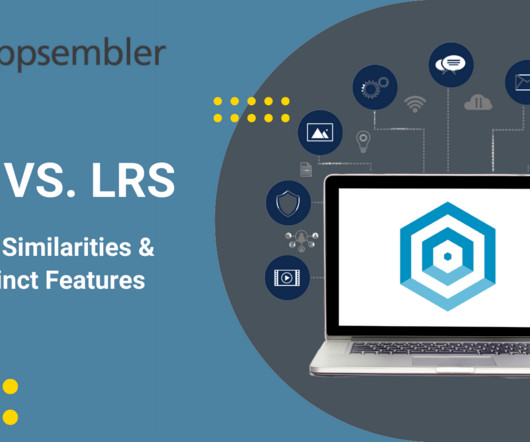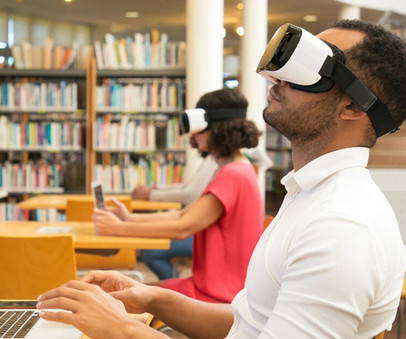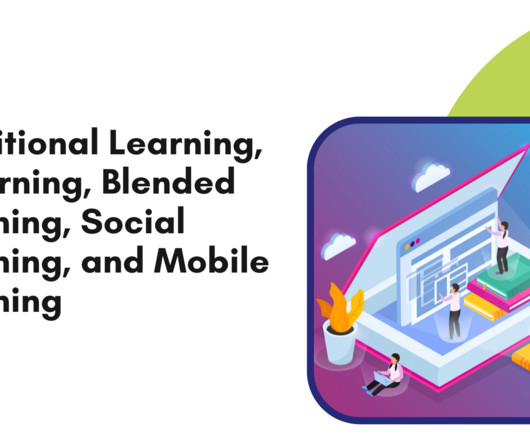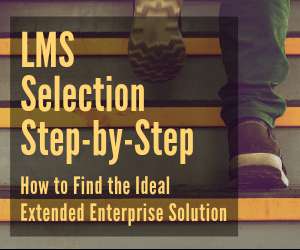LMS vs. LRS: Unveiling Core Similarities & Distinct Features
Appsembler
NOVEMBER 26, 2023
Key Takeaways LMS vs. LRS Purpose : LMS focuses on content delivery and management, while LRS tracks detailed learning experiences and data. Top Features : Essential features of LMS include course management and user interface, whereas LRS emphasizes data capture and analytics.





































Let's personalize your content